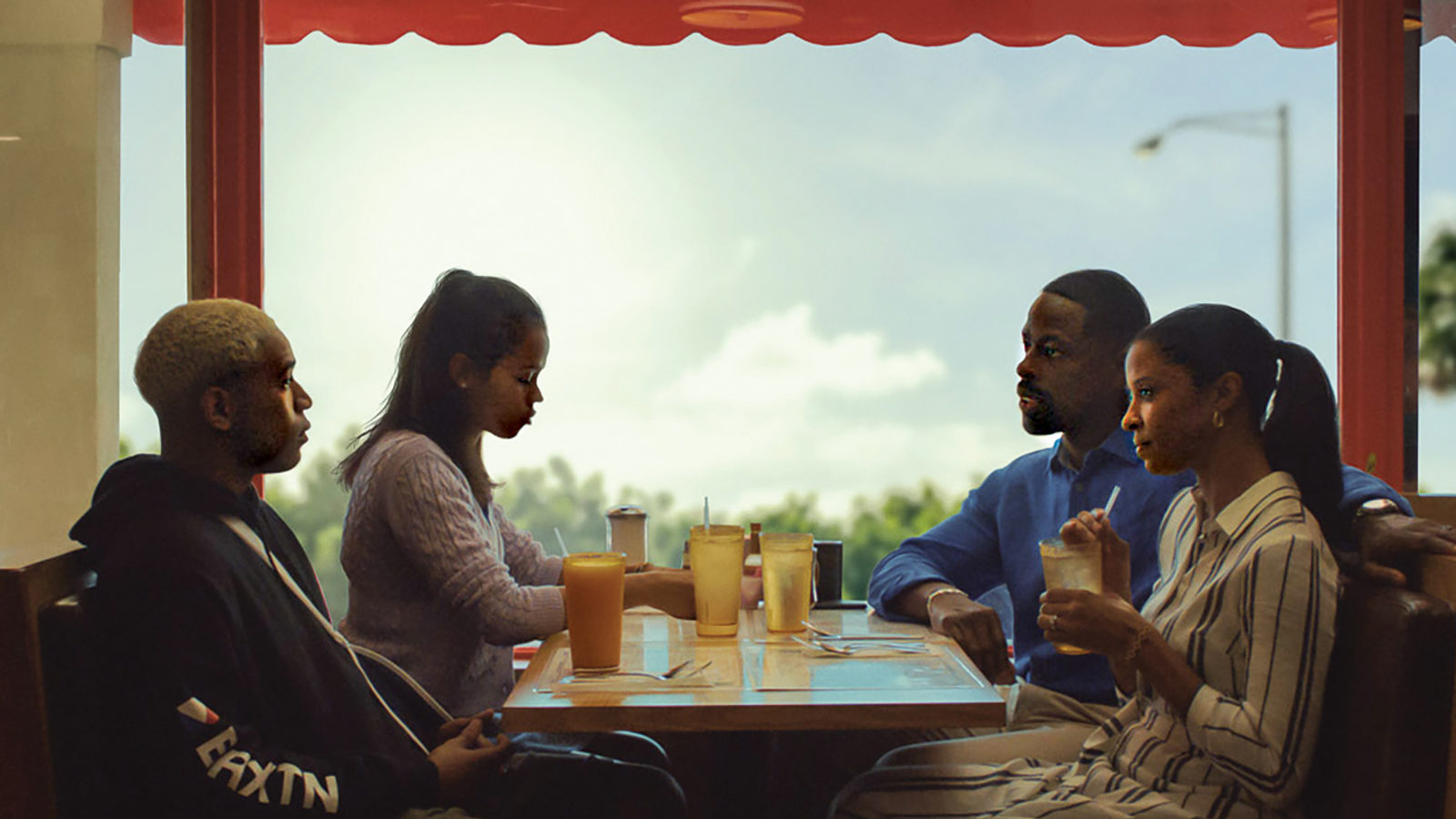
Short Takes: Waves
The romance of the unfastened camera never ended for director Trey Edward Shults and DP Drew Daniels, who return for a third roving feature with all cylinders firing. In this careening film split into distinct halves, teenage wrestler Tyler (Kelvin Harrison Jr.), super-stressed by his high-pressure dad, falls out violently with his girlfriend, leaving his sister Emily (Taylor Russell) to cope with the aftermath. And from the first shot,the rule of thumb seems to be, “Why use one 360-degree pan when two 360-degree pans in a moving car will do the trick nicely?”

Maximalism is the move, and on the move, with the film’s amped-up colors, Safdie-esque wall-of-sound design, and Malickian restless camera (Shults did in fact shoot second unit footage for Voyage of Time). The activity—it’s hard to call this a story, at first—hardly ebbs, as Waves keeps up with the energies of its adolescent subjects, glimpsed in love, and then (care of typically uncinematic text messages) not so much. Despite the overload, there’s something in Tyler’s pain that bears an imprint of Moonlight—until truly clunky characterization lays Waves low, endowed with all the delicacy of a Noé film.
What probably could or should have taken up the bulk of the 135-minute film is its second act: Emily crawling out from the wreckage of a crumpled family and opening up to a special friend (unfortunately Lucas Hedges, whose hot-teen-geek routine verges on self-parody). But by this point, Shults has already run a marathon in circles, exhausting his own film.







